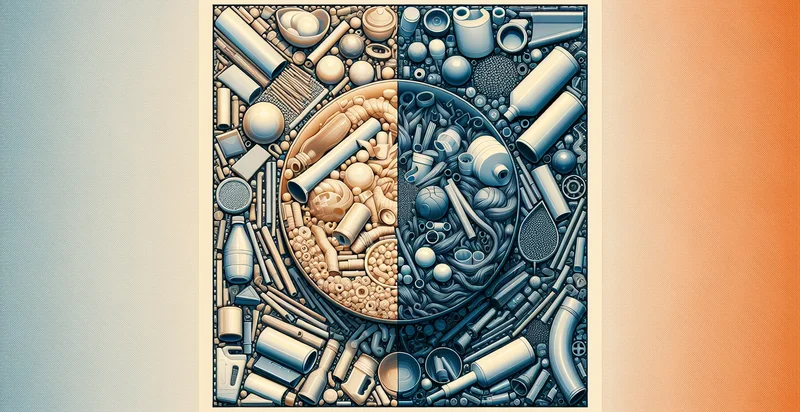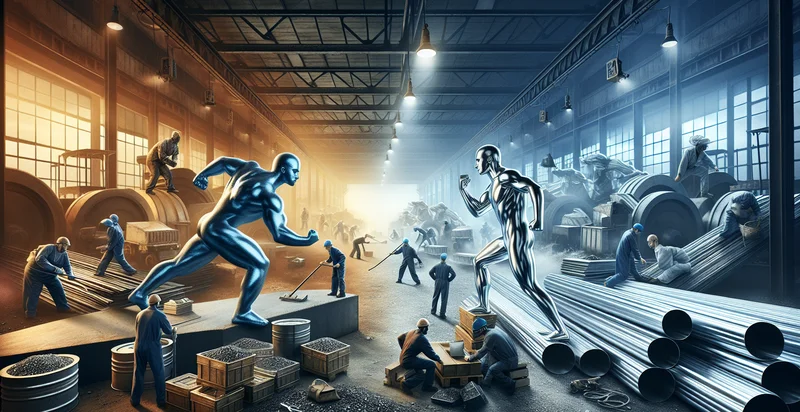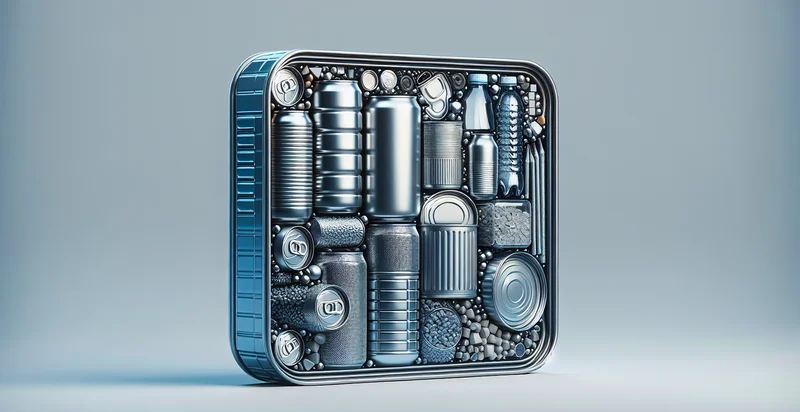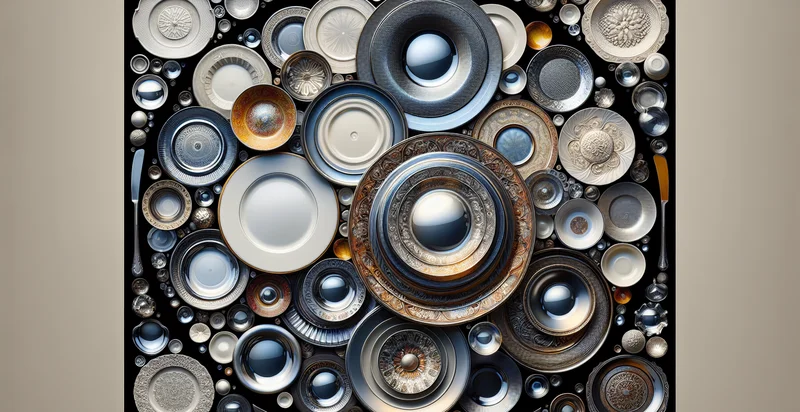Identify abs vs pvc
using AI
Below is a free classifier to identify abs vs pvc. Just upload your image, and our AI will predict if the material is ABS or PVC - in just seconds.

Contact us for API access
Or, use Nyckel to build highly-accurate custom classifiers in just minutes. No PhD required.
Get started
import nyckel
credentials = nyckel.Credentials("YOUR_CLIENT_ID", "YOUR_CLIENT_SECRET")
nyckel.invoke("abs-vs-pvc", "your_image_url", credentials)
fetch('https://www.nyckel.com/v1/functions/abs-vs-pvc/invoke', {
method: 'POST',
headers: {
'Authorization': 'Bearer ' + 'YOUR_BEARER_TOKEN',
'Content-Type': 'application/json',
},
body: JSON.stringify(
{"data": "your_image_url"}
)
})
.then(response => response.json())
.then(data => console.log(data));
curl -X POST \
-H "Content-Type: application/json" \
-H "Authorization: Bearer YOUR_BEARER_TOKEN" \
-d '{"data": "your_image_url"}' \
https://www.nyckel.com/v1/functions/abs-vs-pvc/invoke
How this classifier works
To start, upload your image. Our AI tool will then predict if the material is ABS or PVC.
This pretrained image model uses a Nyckel-created dataset and has 2 labels, including Abs and Pvc.
We'll also show a confidence score (the higher the number, the more confident the AI model is around if the material is ABS or PVC).
Whether you're just curious or building abs vs pvc detection into your application, we hope our classifier proves helpful.
Related Classifiers
Need to identify abs vs pvc at scale?
Get API or Zapier access to this classifier for free. It's perfect for:
- Quality Control in Manufacturing: This image classification function can be used in manufacturing settings to differentiate between ABS and PVC materials on production lines. By automating the identification process, manufacturers can ensure only the correct materials are utilized, reducing waste and improving product quality.
- Recycling Sorting Automation: Waste management facilities can leverage this technology to enhance sorting processes by accurately identifying ABS and PVC plastics in recycling streams. This automation minimizes manual labor and improves recycling efficiency, leading to higher recovery rates of valuable materials.
- Supply Chain Transparency: Companies can implement this classification system at various points in their supply chain to verify the materials composed of ABS and PVC. This ensures compliance with regulations and sustainability standards by confirming that the right materials are sourced and used in production.
- Product Return Processing: Retailers can utilize the classification function in their return processing systems to quickly identify whether returned products are made of ABS or PVC. This expedites the return evaluation process and enhances customer service by promptly addressing the right handling procedures for different materials.
- Material Properties Analysis: Research and development teams can employ this classification tool to quickly assess the physical properties of new plastic prototypes made from ABS and PVC. This aids in material selection for specific applications, fostering innovation in product development.
- Construction Material Inspection: In the construction industry, this image classification can be used to verify that materials delivered to job sites are of the specified type, distinguishing between ABS and PVC piping. This ensures project compliance and quality, reducing the risk of costly construction delays.
- Educational Resource Development: Educational institutions can create interactive learning modules using this classification function to teach students about material science and the significance of different plastics. By providing real-world applications of image classification, students can better understand the role of materials in various industries.


